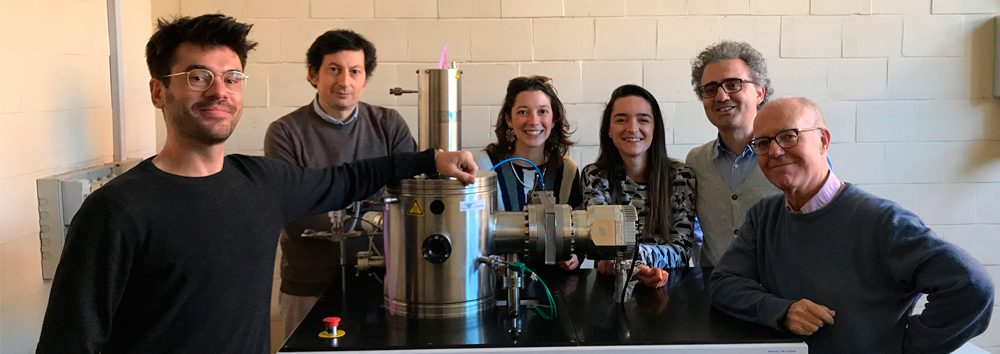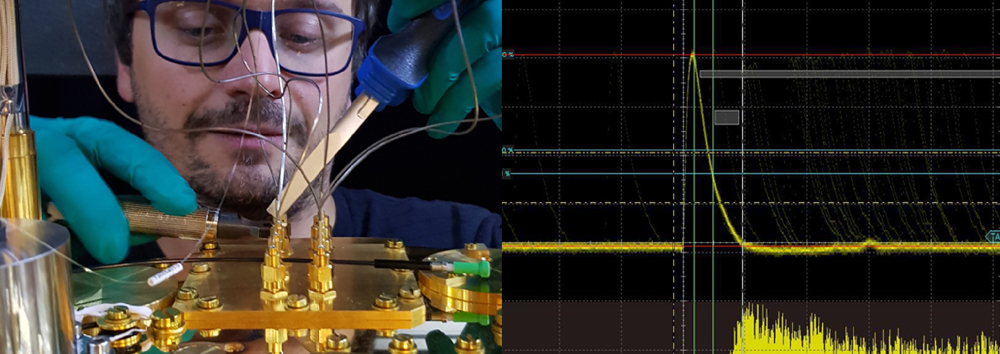Scientists are employing x rays, electrons, and neutrons to decipher and disable the molecular machinery of the novel coronavirus.
Although most basic research has been suspended by the coronavirus pandemic, some labs remain open to engage in a furious effort to find treatments for the disease. Physicists and chemists are vital to a key part of that quest: decoding the three-dimensional structures of the severe acute respiratory syndrome coronavirus 2 (SARS-CoV-2) proteins and finding locations where drugs could latch on and disable the viral machinery. The virus itself is not used for those experiments, only the cloned proteins that are its principal working parts.
As of early April, the life sciences beamlines were open for SARS-CoV-2 research at the UK’s Diamond Light Source. In the US, at least 23 groups were working at the Advanced Photon Source at Argonne National Laboratory as of press time, according to Bob Fischetti, life sciences adviser at the APS. The National Synchrotron Light Source II at Brookhaven National Laboratory, SLAC’s Stanford Synchrotron Radiation Lightsource (SSRL), and the Advanced Light Source at Lawrence Berkeley National Laboratory are operating with minimal staff, each keeping open several x-ray protein crystallography beamlines strictly for coronavirus research.
© Physics Today Scientists are employing x rays, electrons, and neutrons to decipher and disable the molecular machinery of the novel coronavirus. Although most basic research has been suspended by the coronavirus pandemic, some labs remain open to engage in a furious effort to find treatments for the disease. Physicists and chemists are vital to […]



